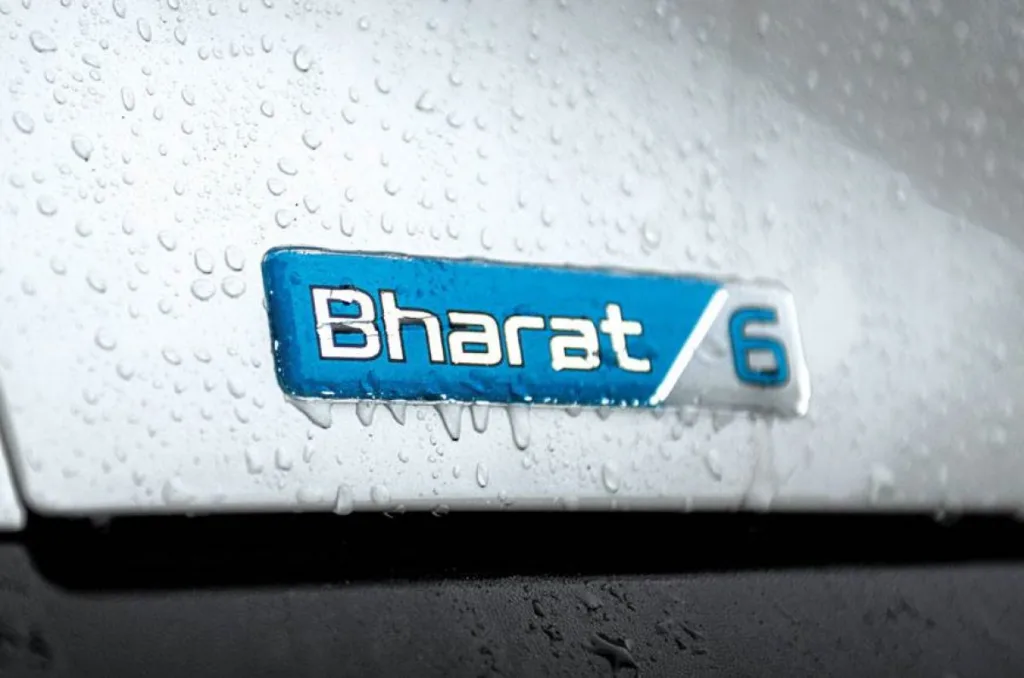By putting in place new rules, the performance of cars should be strictly in line with BS-VI standards while these cars are on the road, which should make the air in cities cleaner.
To meet the next level of emission standards, the new rules, which go into effect on April 1, 2023, require that both passenger and commercial four-wheeled vehicles add high-tech equipment. It is interesting to note that India has emission standards for cars similar to European standards, with a few tweaks to account for the fact that driving conditions in India differ from those in Europe. For example, the emissions limit for particulate matter (PM), carbon monoxide, nitrogen oxides (NOx), and other pollutants in India, according to BS-VI, is almost the same as in Europe according to Euro-6 Standards for vehicles in the same class.
The Indian Ministry of Road Transport and Highways (MoRTH) announced that all major on-road vehicles in India must meet BS-VI emission standards. The standards apply to both light-duty and heavy-duty vehicles and two-wheeled and three-wheeled vehicles. India made them official in 2020.
BS6 was going to be put into place in two steps. After implementing Phase 1 of the BS6 standards, the country is moving on to Phase 2, which will require automakers to install an onboard diagnostic (OBD2) device to track emissions in real-time. The device will monitor critical parts like the catalytic converter and oxygen sensors, which are essential for meeting emission standards.
In order to meet the stricter emission rules, many car companies have improved their lineups of passenger cars. Most automakers haven’t said how much they plan to raise the prices of their cars starting next month. But on March 21, Tata Motors is said to have said that the prices of its commercial vehicles will go up starting on April 1, 2023. Honda Cars India also raised the price of the Amaze, which is its entry-level small sedan.
